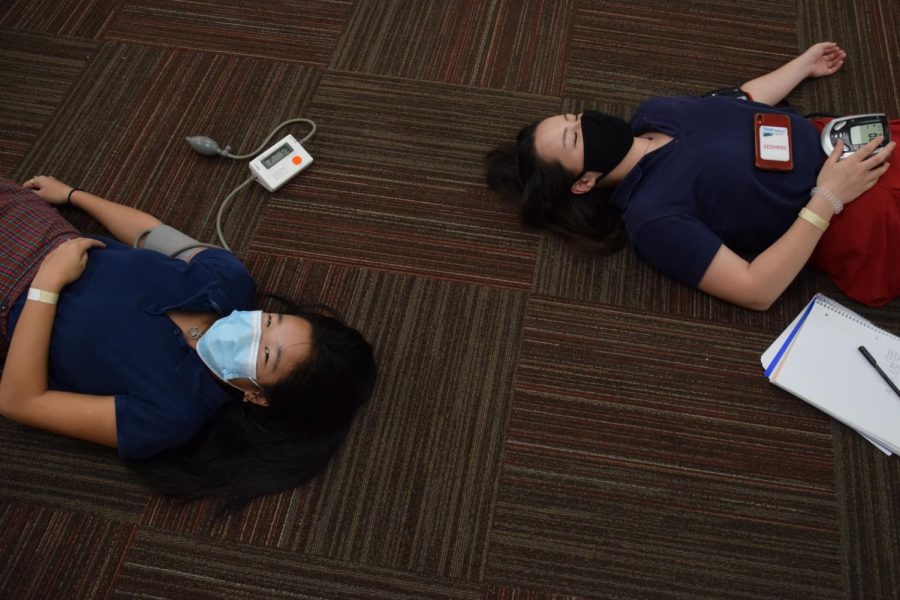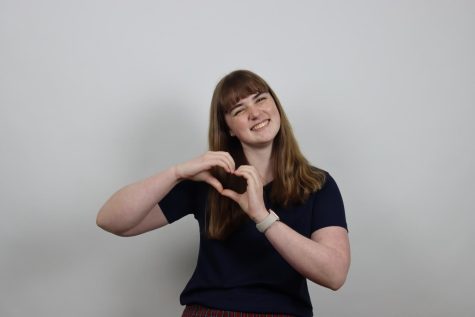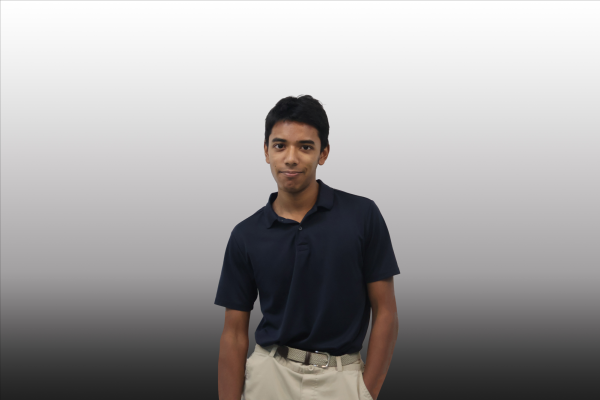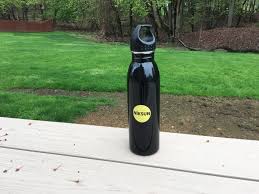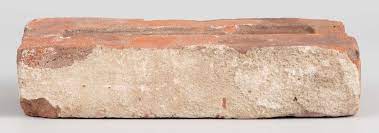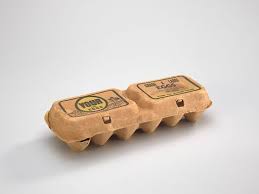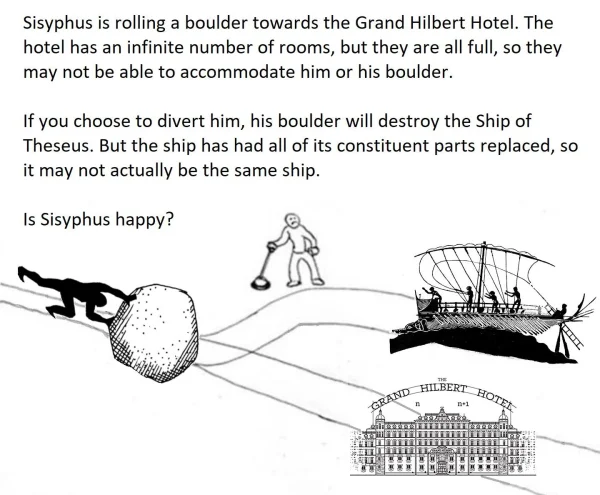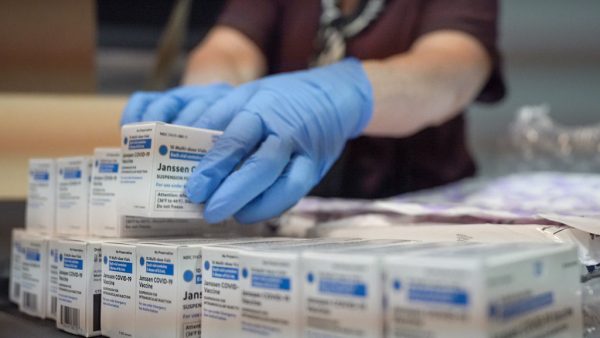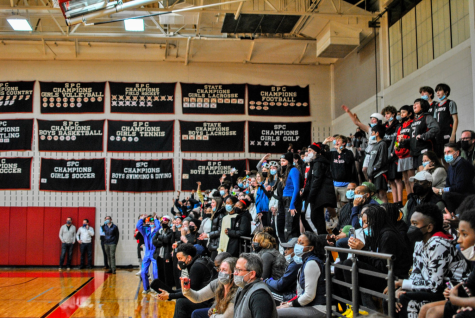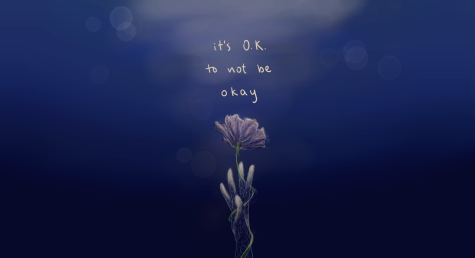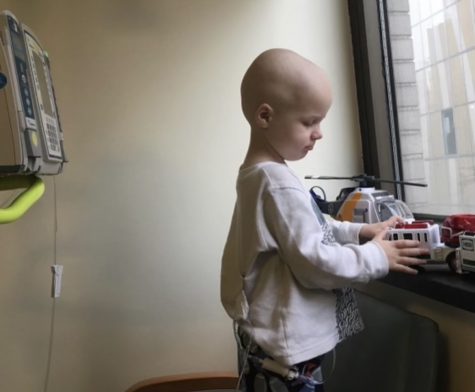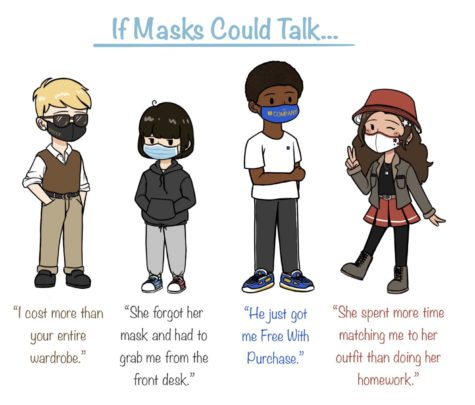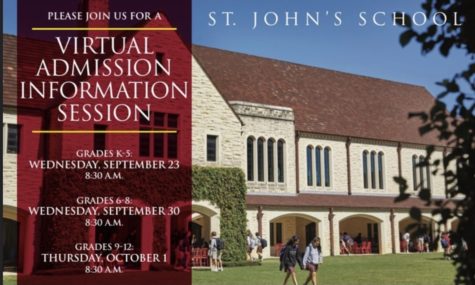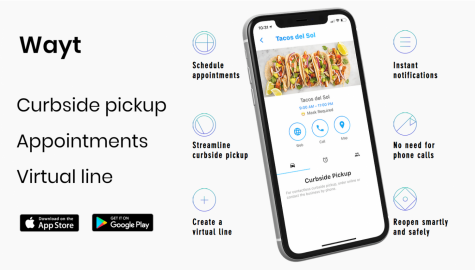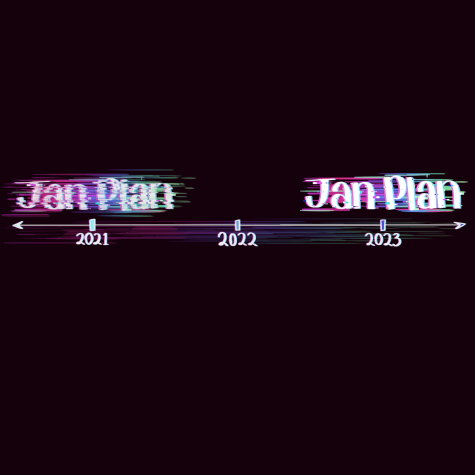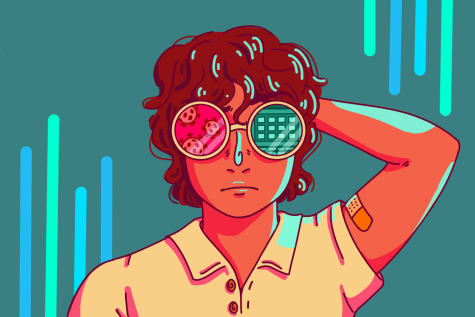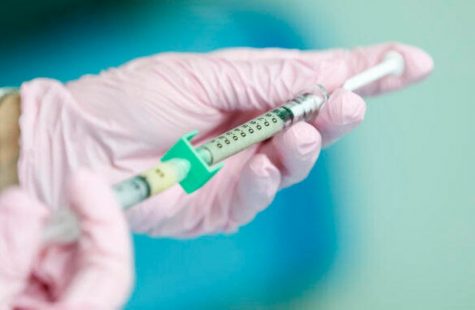Science classes adapt to COVID-19 guidelines
Seniors Hannah Chang and Nicole Doyle take their blood pressures as part of an Anatomy and Physiology lab.
January 13, 2021
The engineering classroom was once senior Cameron Garland’s favorite place to escape to outside of class time. COVID-19 guidelines now prohibit Garland from even stepping foot in the lab outside of class time.
“The [engineering] classroom would be where I would go to get my work done, so it has been difficult not being able to use the room during free periods,” Garland said.
COVID-19 has significantly disrupted the student experience, particularly in the science field. Labs are open only during class time, preventing students like Garland to use science classrooms as study spaces.
Social distancing guidelines have transformed the actual classroom. Classrooms are set up so that students are either six feet apart or separated by plexiglass barriers, and desks are sanitized after every class. Every student also receives their own disinfected set of lab materials.
Senior Mary Louise Mannon feels that these measures can disrupt the collaboration-based nature of her Engineering Capstone class.
“The plexiglass is really frustrating because it’s hard to hear [each other],” Mannon said. “We usually end up going into the hallway to talk where we don’t have a divider between us, and we can still keep our distance.”
Engineering classes have adapted to the fallouts of COVID-19. Students like Mannon now receive their own rulers and motors, as opposed to the class set students had access to in previous years, to decrease the risk of viral transmission.
Science teachers have modified labs to provide students with a relatively normal experience. For biology teacher Neha Mathur, labs are an integral part of the course.
We have a practically-based curriculum, so we start immediately with labs, as that’s the whole idea of science.
— Neha Mathur
“We have a practically-based curriculum, so we start immediately with labs, as that’s the whole idea of science,” Mathur said.
Because of virtual learning and the Low Density Campus Plan, biology teachers had to conduct virtual labs. Students were unable to perform experiments themselves but recorded observations during virtual classes.
During the Full Density Campus Plan, science teachers guided students through labs where the students were given a clear set of instructions to follow. Students were encouraged to have their own materials and only share when necessary.
Mathur says the science department intends to use these circumstances to promote student independence in labs that will help students during their final project when they will perform their own experiment.
“The hope is to take a scaffolding strategy by climbing one step at a time,” Mathur said. “By the time you are ready to do self-driven projects, you’ve got strong foundations.”
For freshman Tristan Copley-Gallagher, the lab experience has not been optimal, yet he is continuing to pursue an optimistic outlook as he gets more comfortable with socially distanced lab practices.
“With online school, biology was much harder,” Copley-Gallagher said. “[It was] virtually impossible to do things physically, like making models. In-person, while the material is still sometimes difficult, it has gotten much better. I find myself enjoying and appreciating biology class much more.”
Students and teachers alike are remaining optimistic. Chemistry teacher Sarwat Jafry even takes advantage of the restrictive measures, hoping they can facilitate her students’ learning experience by teaching them self-sufficiency.
“It forces every student to figure things out a little bit on their own instead of relying completely on their partner to pick up the workload,” Jafry said. “It teaches them independence and self-reliance.”



